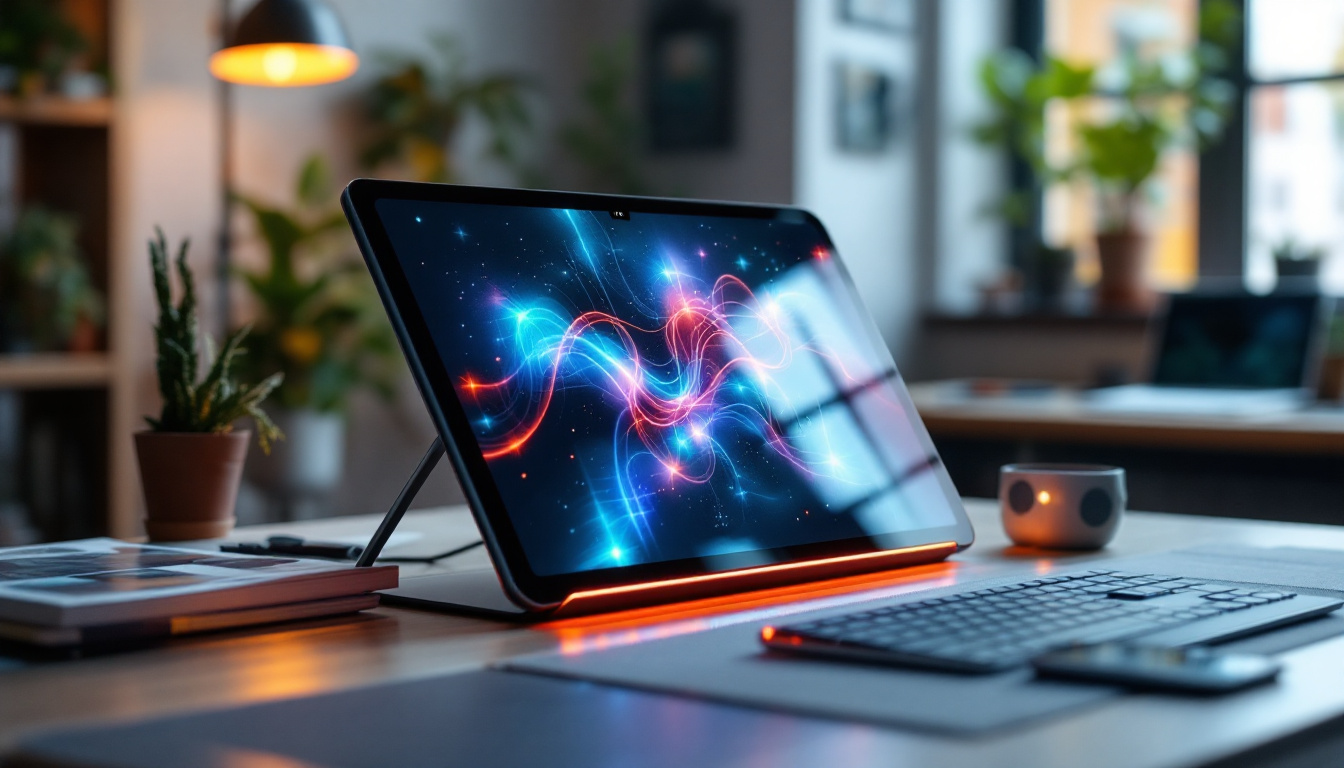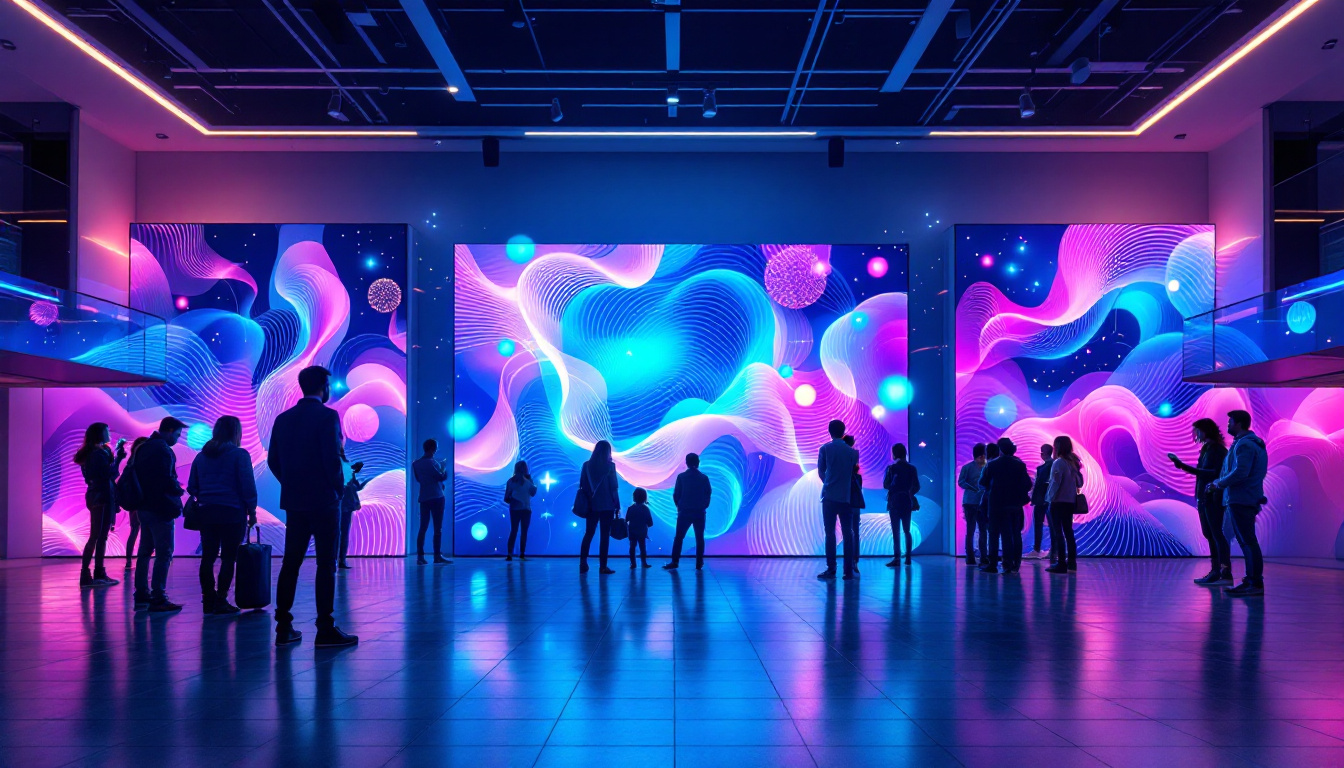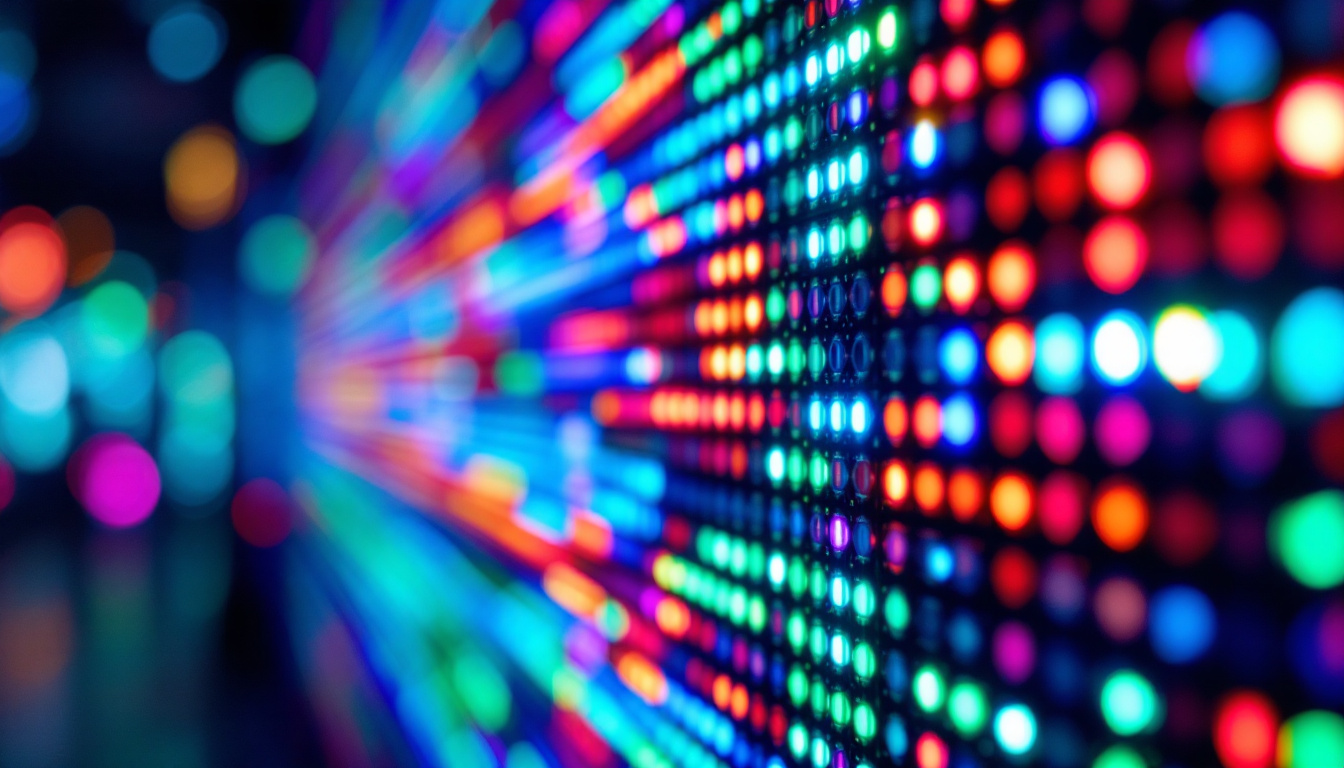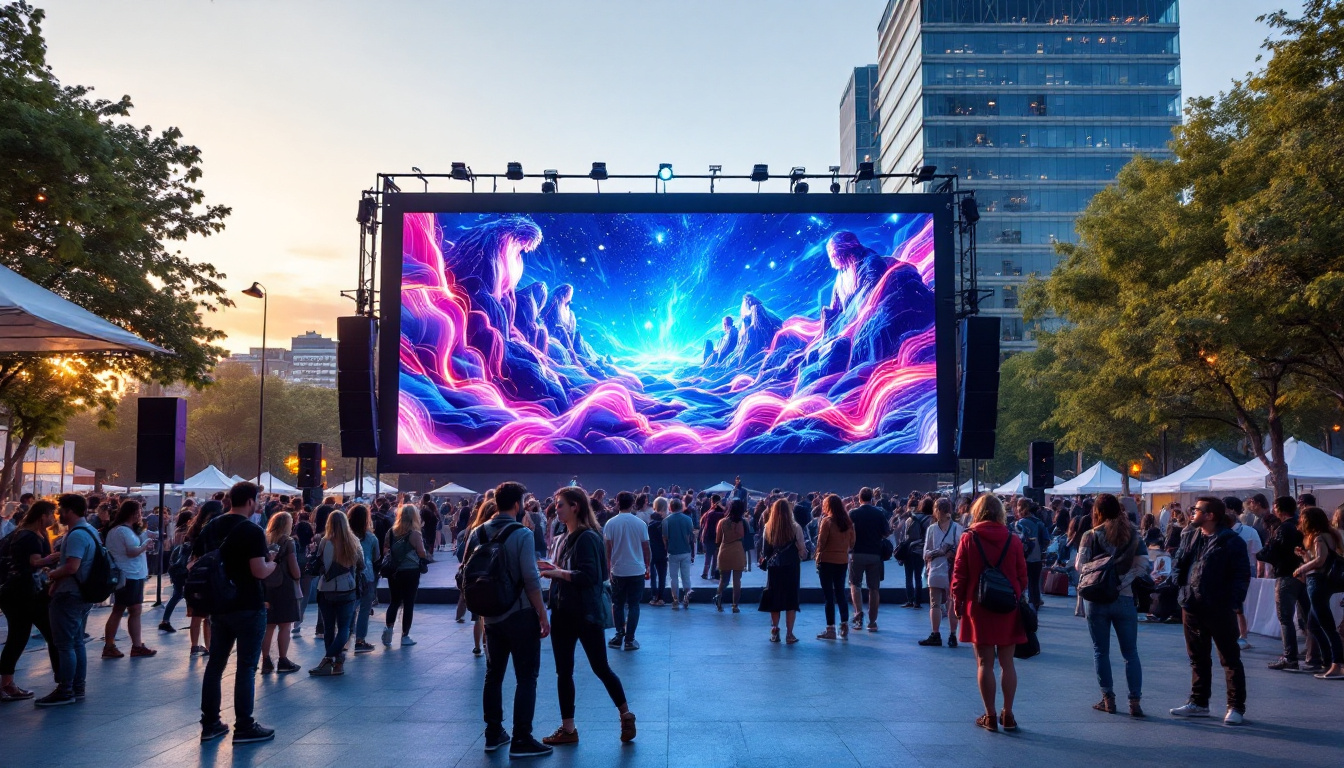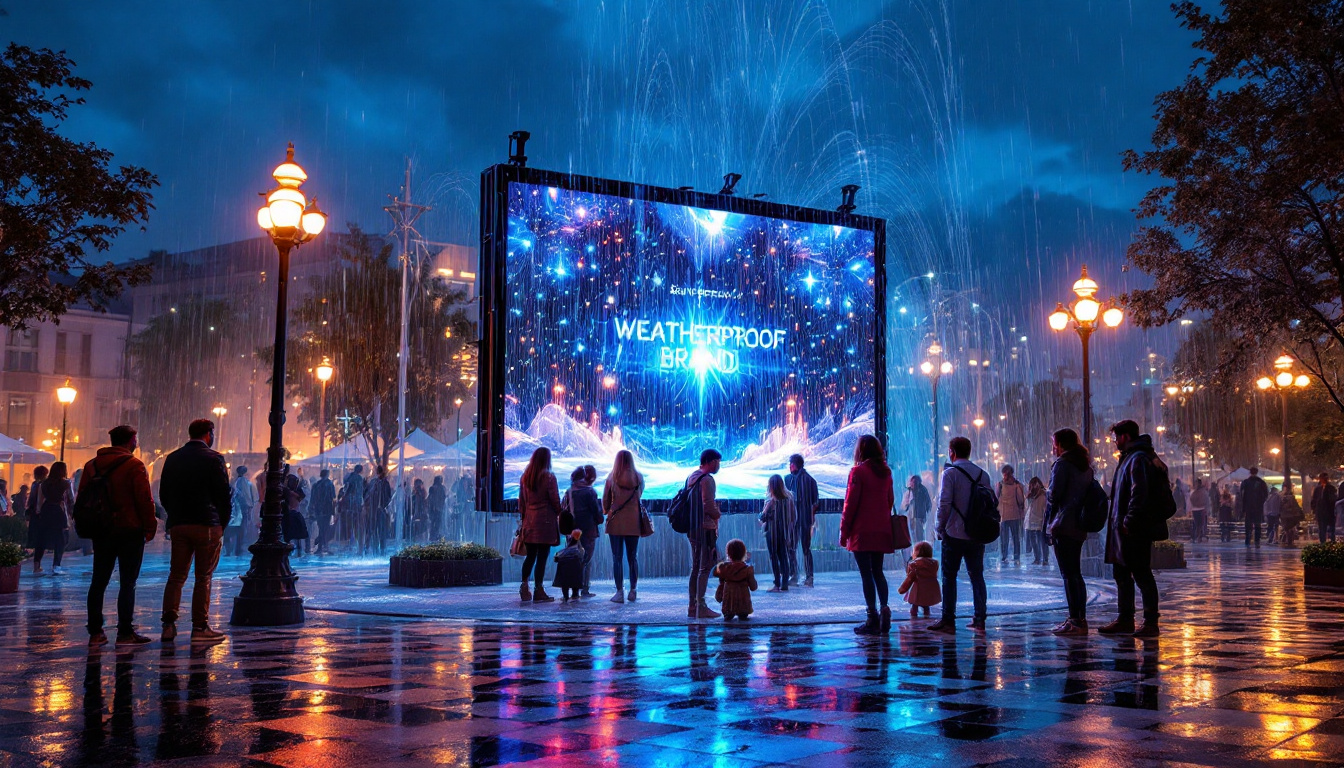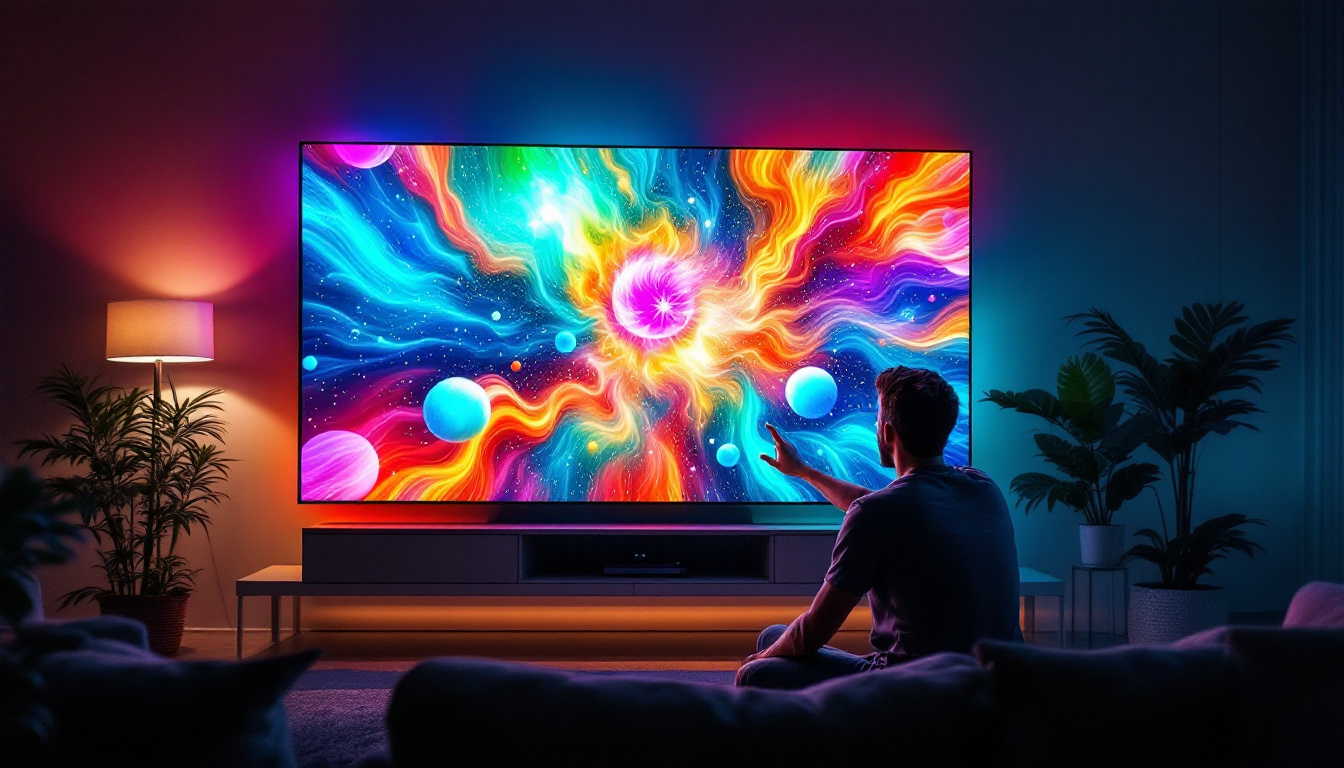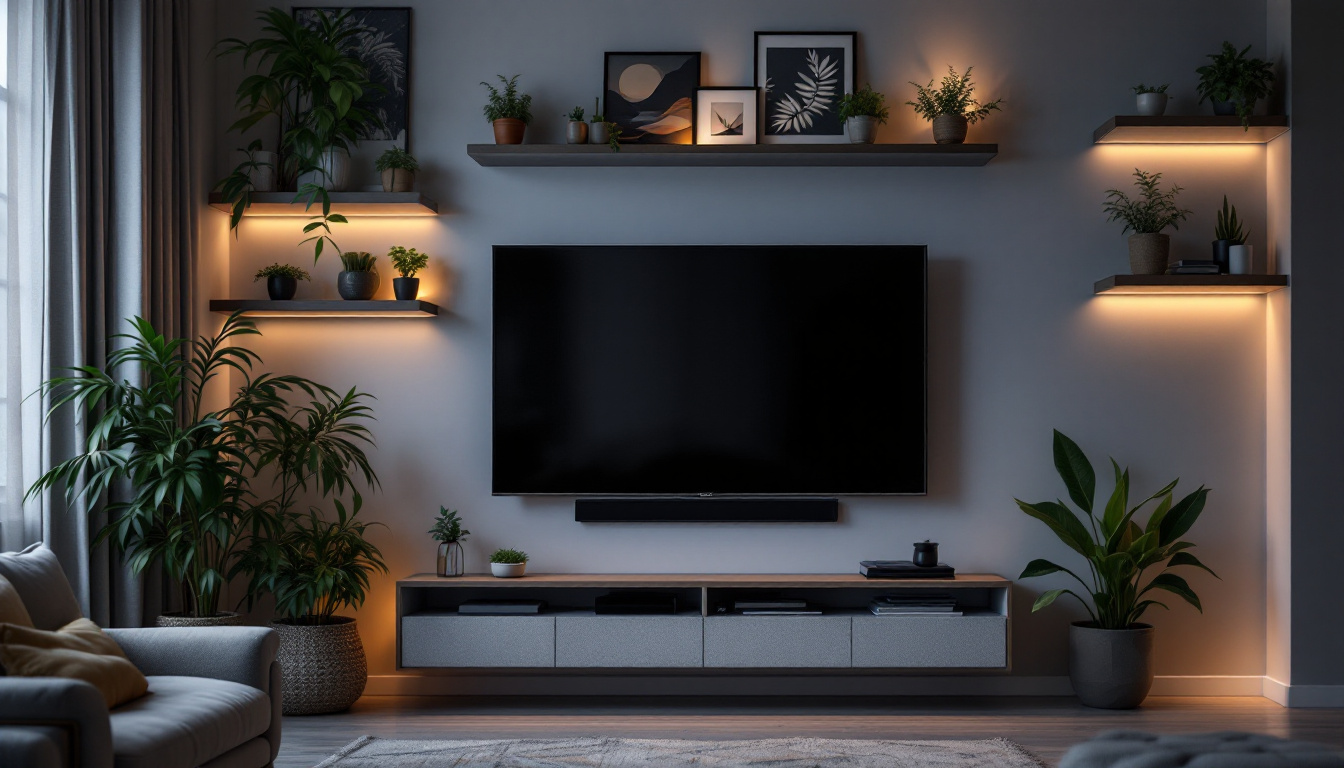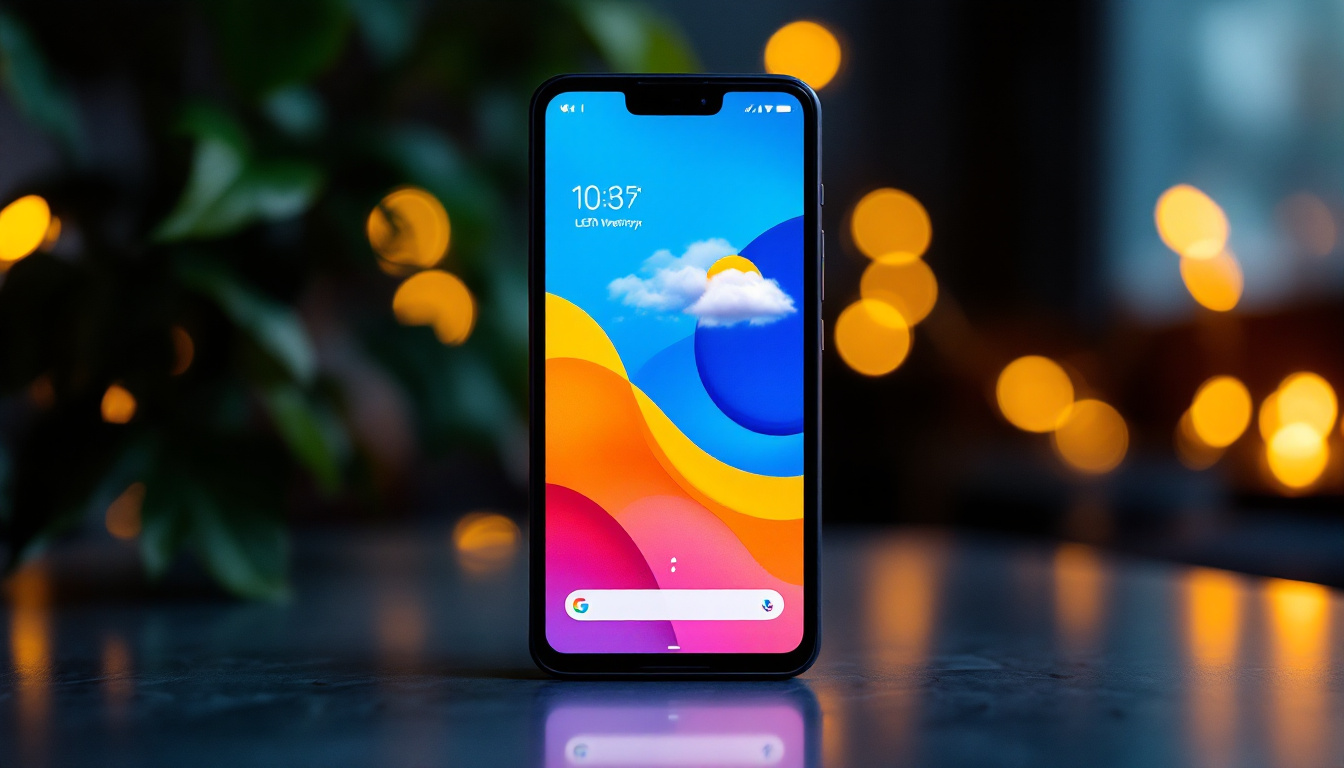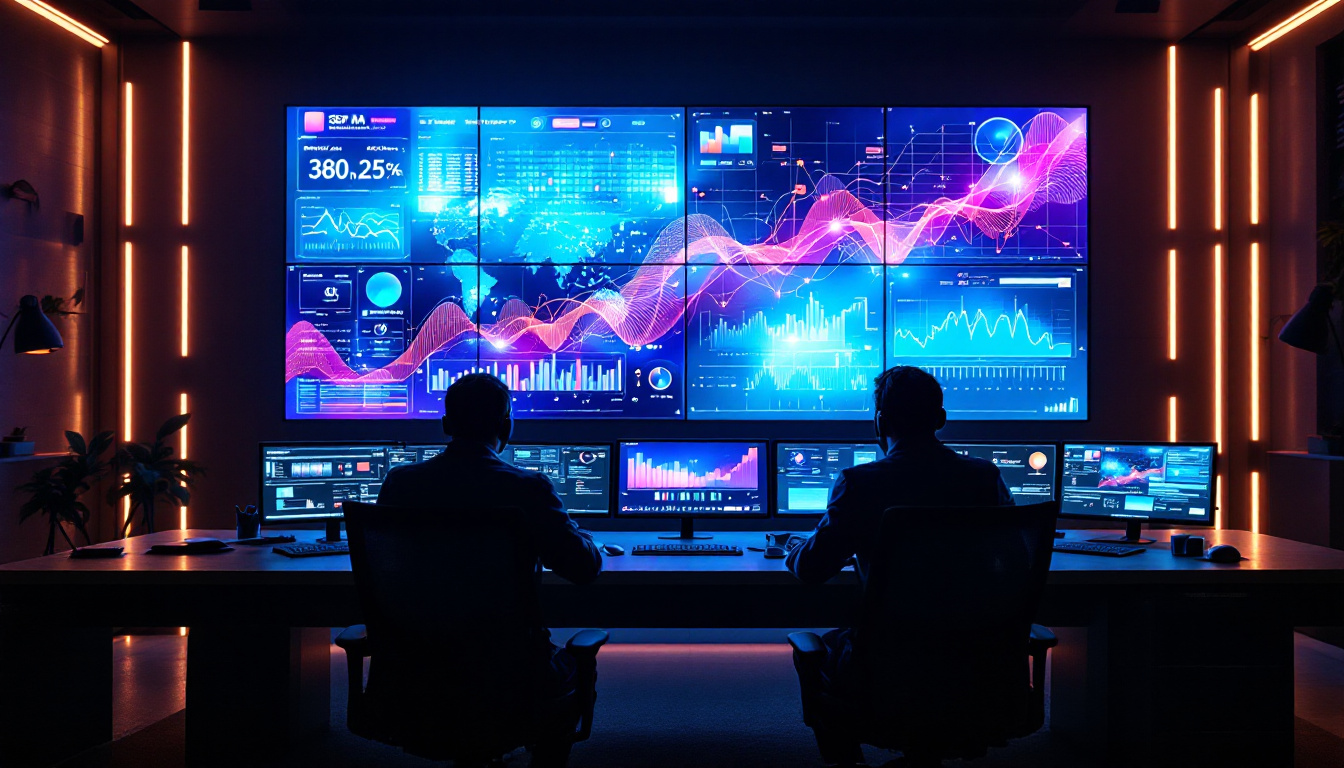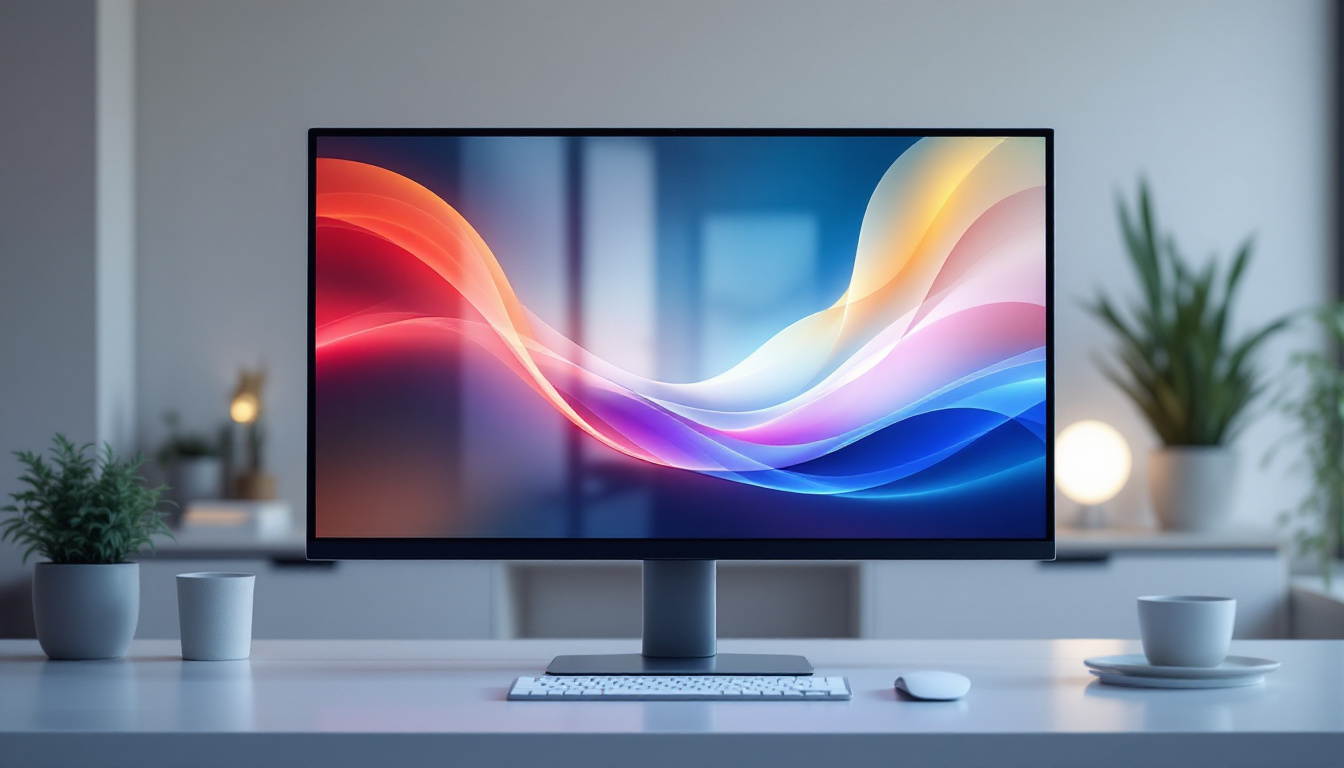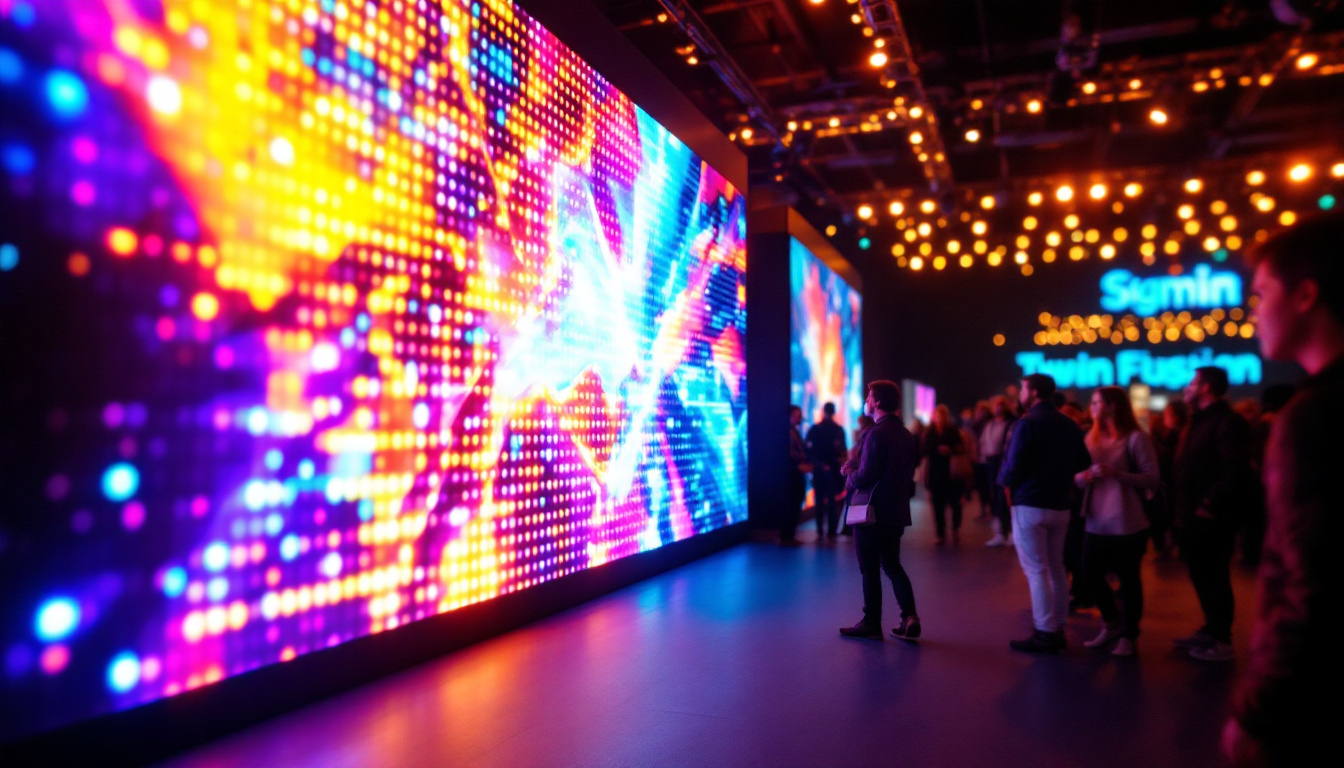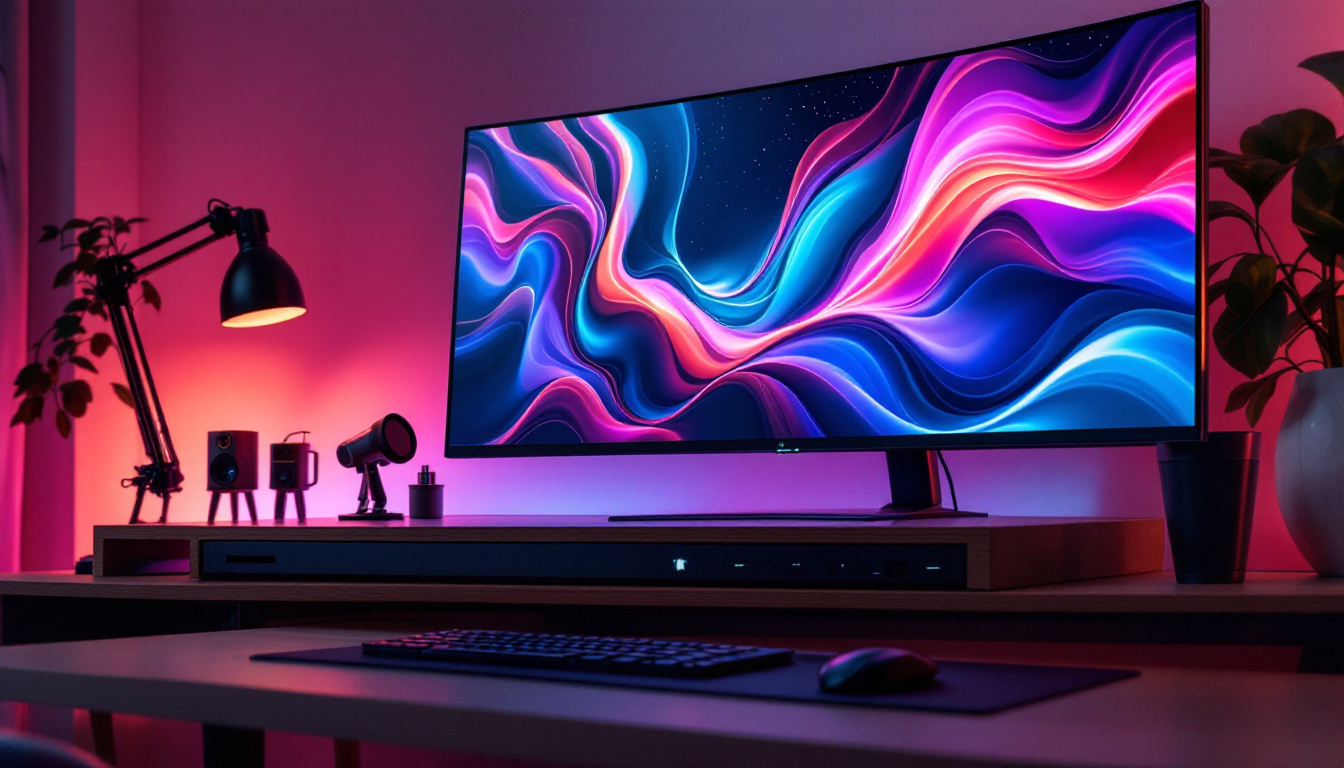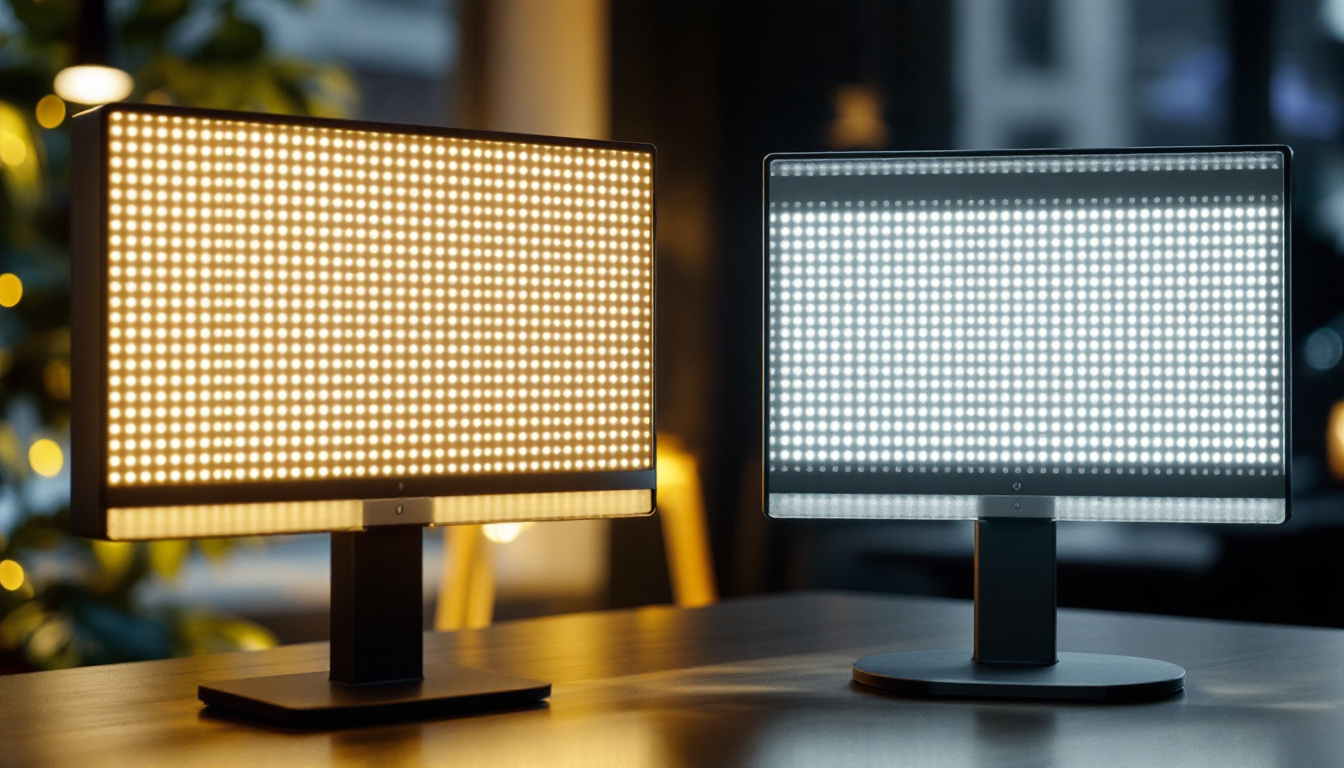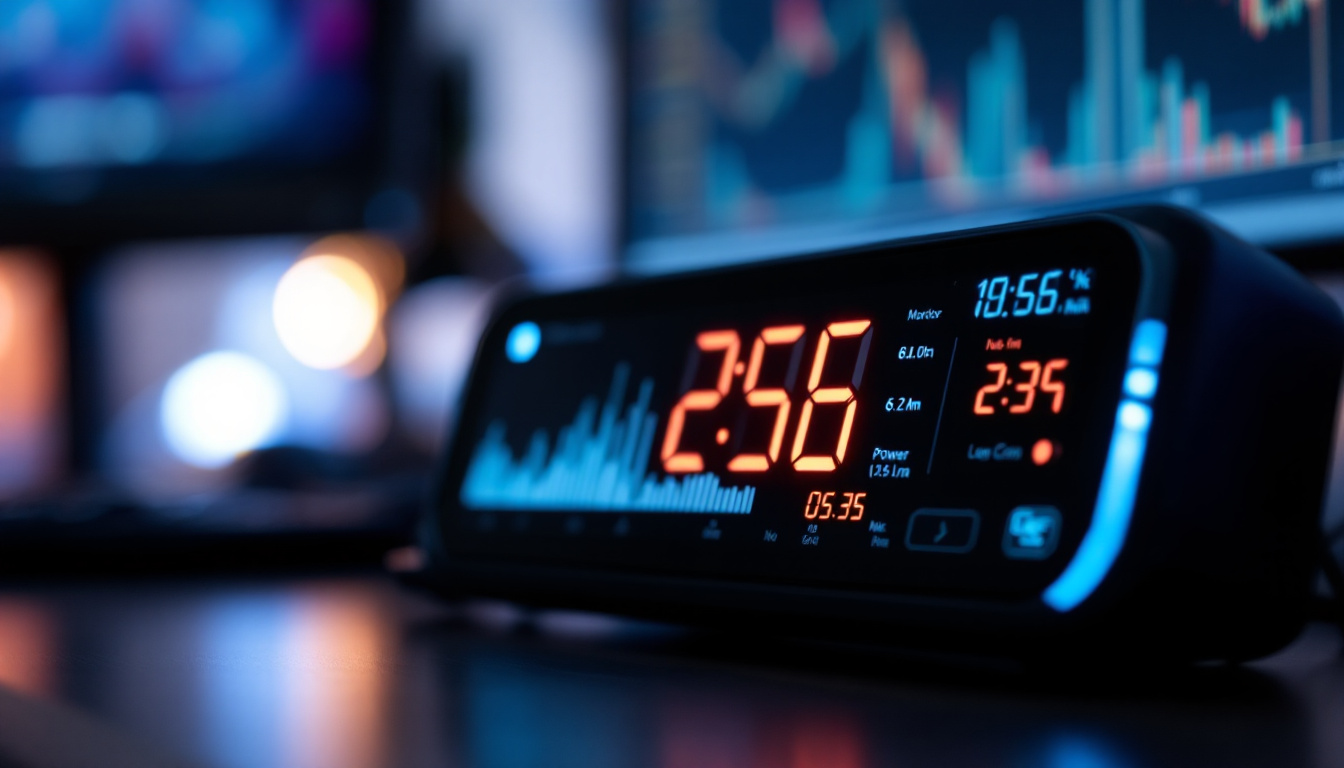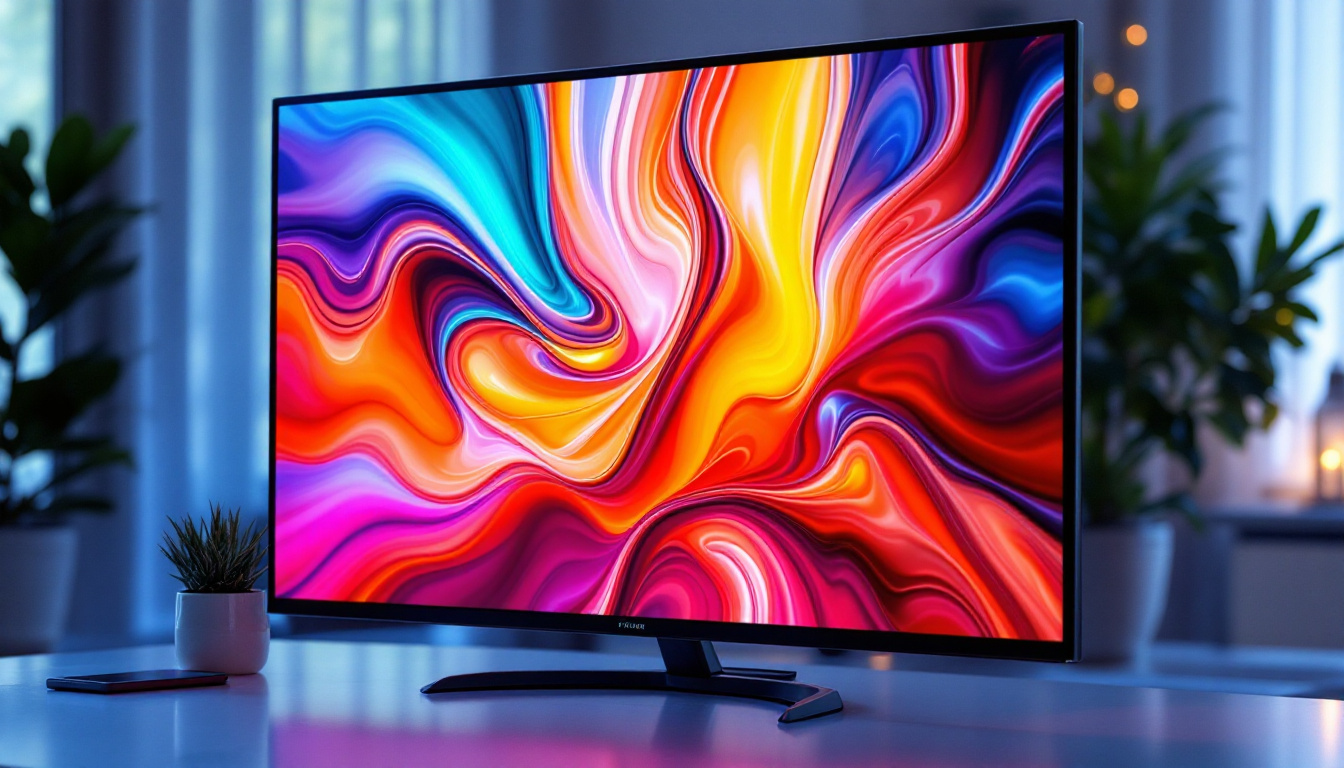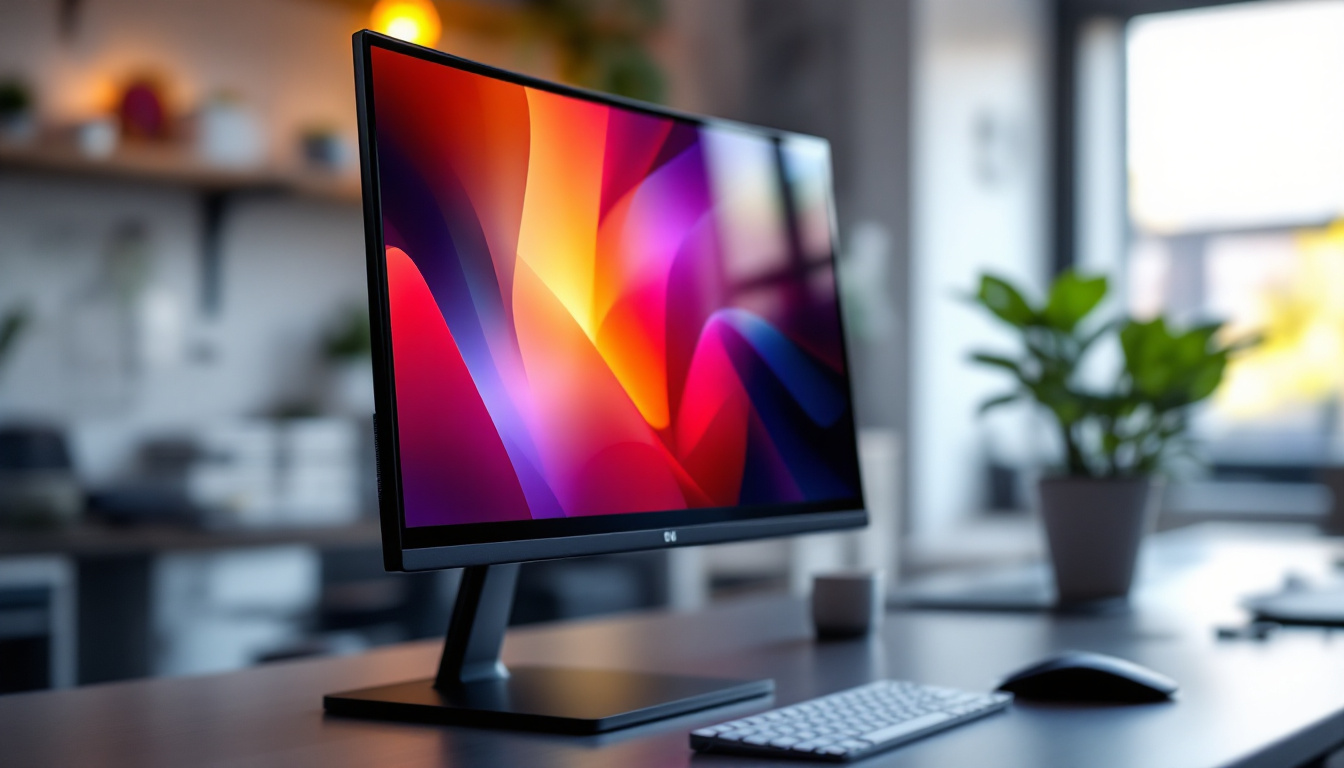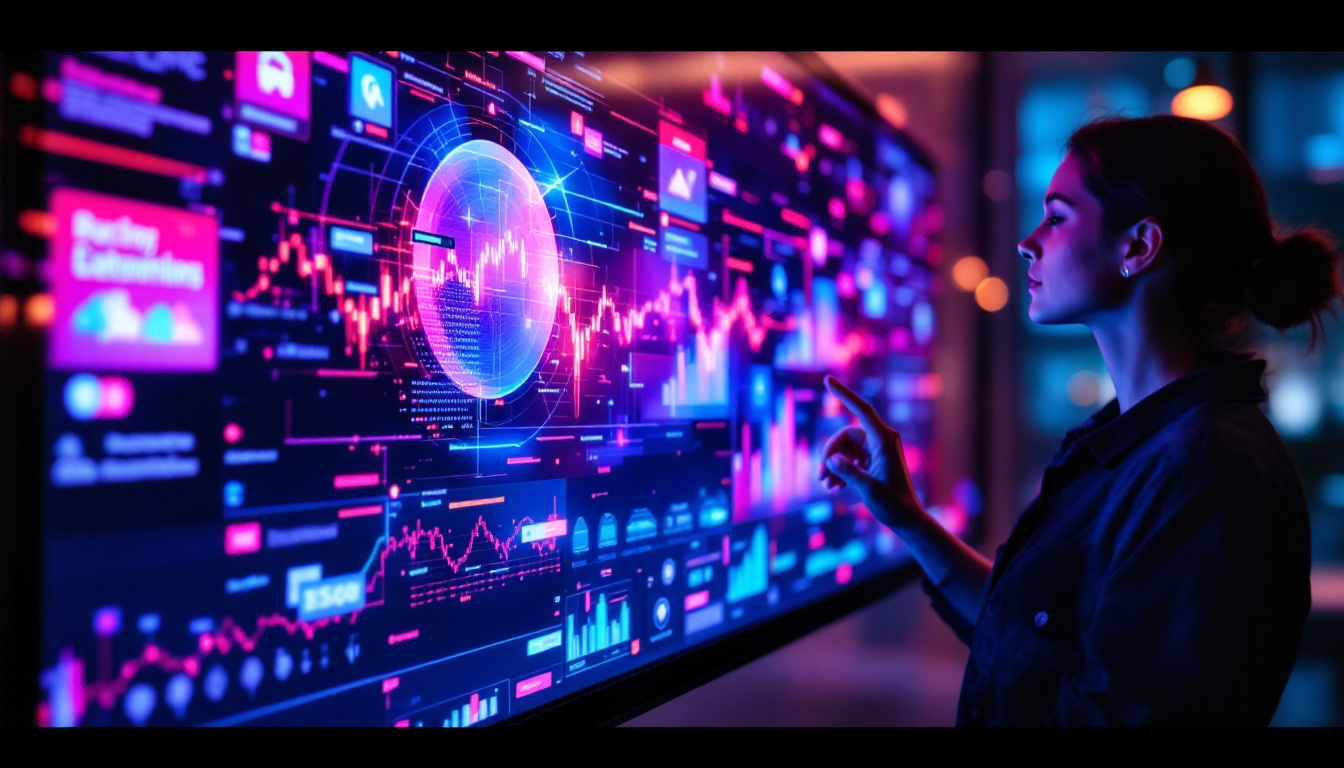In the rapidly evolving world of digital signage and display technology, LED displays have become a cornerstone for businesses, advertisers, and event organizers. Among the many terms associated with LED technology, “planer” is one that often causes confusion. This article aims to demystify what a planer LED display is, how it works, and why it is significant in today’s visual communication landscape.
Understanding LED Displays: A Brief Overview
Before diving into the specifics of planer LED displays, it’s essential to understand the basics of LED technology. LED stands for Light Emitting Diode, a semiconductor device that emits light when an electric current passes through it. LED displays use thousands, sometimes millions, of these tiny diodes arranged in a grid to produce images and videos with vibrant colors and high brightness. The technology has evolved significantly over the years, leading to enhanced color accuracy and improved lifespans, making LEDs a staple in modern display solutions.
LED displays are favored for their energy efficiency, durability, and ability to deliver bright visuals even in direct sunlight. They are commonly used in outdoor advertising billboards, stadium screens, stage backdrops, and indoor digital signage. The versatility of LED displays allows them to be integrated into various environments, from bustling city streets to serene art galleries, showcasing their adaptability and wide-ranging applications.
Types of LED Displays
LED displays come in various forms, including:
- Indoor LED Displays: Designed for controlled lighting environments, these displays offer high resolution and are used in retail, corporate settings, and exhibitions. Their ability to produce sharp images makes them ideal for presentations and advertising in spaces where viewers are typically closer to the screen.
- Outdoor LED Displays: Built to withstand weather elements, these displays provide high brightness to combat sunlight glare. They often feature robust protective casings to ensure longevity, making them perfect for high-traffic areas where visibility is crucial.
- Flexible LED Displays: These can bend or curve, allowing for innovative design applications. This flexibility opens up new possibilities for creative installations, such as wrapping around architectural features or creating dynamic shapes that enhance the viewer’s experience.
- Transparent LED Displays: Allow light to pass through, making them ideal for glass walls and windows. This unique feature enables businesses to display information while still allowing natural light to filter through, creating an engaging visual effect without compromising the ambiance of the space.
Within these categories, the term “planer” relates to the physical and visual characteristics of the LED display surface. Planer displays are typically flat and designed for optimal viewing angles, ensuring that the content is easily visible from various distances and perspectives. This characteristic is particularly beneficial in environments like conference rooms or retail spaces, where multiple viewers may be positioned at different angles. Additionally, advancements in LED technology have led to the development of high-definition and ultra-high-definition displays, further enhancing the clarity and detail of the visuals presented on these planer surfaces.
As the demand for high-quality visual communication continues to grow, the integration of LED displays into everyday life is becoming increasingly prevalent. From sports arenas showcasing live game footage to art installations that blend technology with creativity, LED displays are transforming how we experience information and entertainment. Moreover, the ongoing innovations in LED technology, such as improved energy efficiency and reduced environmental impact, promise a bright future for these displays in various sectors, including education, healthcare, and transportation.
What Is a Planer LED Display?
The term “planer” in the context of LED displays refers to a flat, planar surface where the LED modules are mounted. Unlike curved or flexible LED screens, planer LED displays maintain a perfectly flat surface, ensuring uniform image projection without distortion.
Planer LED displays are typically used in environments where image clarity and precision are paramount. The flat surface allows for consistent viewing angles and eliminates the warping effect that can occur with curved or irregularly shaped screens.
Key Characteristics of Planer LED Displays
Several defining features make planer LED displays distinct:
- Flat Surface: The display surface is uniformly flat, which helps maintain image integrity.
- Modular Design: Planer LED displays are composed of multiple LED panels or modules that fit together seamlessly.
- High Resolution: Because the surface is flat, pixels can be arranged evenly, resulting in sharp images.
- Consistent Brightness and Color: The uniform surface ensures that brightness and color do not vary across the display.
This combination of features makes planer LED displays ideal for applications requiring detailed visuals, such as control rooms, broadcast studios, and corporate presentations.
How Planer LED Displays Work
At the core, planer LED displays operate on the same principles as other LED screens, but the flatness of the surface optimizes the visual output. The display consists of numerous LED modules arranged in a grid, each containing multiple LEDs that emit red, green, and blue light. By varying the intensity of these LEDs, the display can produce a full spectrum of colors.
Each LED module is precisely calibrated to ensure that the brightness and color output match perfectly with adjacent modules. This calibration is crucial in planer displays to maintain the flatness and uniformity of the image.
Pixel Pitch and Resolution
One of the most important technical specifications of any LED display is the pixel pitch — the distance between the centers of two adjacent pixels. In planer LED displays, a smaller pixel pitch means higher resolution and sharper images, especially when viewed from close distances.
For example, a planer LED display with a 1.5mm pixel pitch is ideal for indoor environments where viewers are close to the screen, such as conference rooms or retail spaces. Conversely, larger pixel pitches (e.g., 10mm or more) are suitable for outdoor billboards viewed from a distance.
Installation and Maintenance
Planer LED displays are designed for ease of installation and maintenance. The modular nature allows individual panels to be replaced or serviced without dismantling the entire display. Additionally, the flat surface simplifies mounting on walls or frames, making them versatile for various architectural settings.
Applications and Advantages of Planer LED Displays
Planer LED displays have become increasingly popular across multiple industries due to their versatility and high-quality visual output. Their flat design offers several advantages that make them suitable for a wide range of applications.
Corporate and Commercial Use
In corporate environments, planer LED displays are often used for:
- Conference Rooms: To display presentations, video conferencing, and real-time data.
- Reception Areas: For branding and engaging visitors with dynamic content.
- Retail Spaces: To showcase advertisements, promotions, and interactive content.
The flat surface ensures that the content is displayed clearly and professionally, enhancing brand image and communication effectiveness.
Broadcast and Control Rooms
Broadcast studios and control rooms demand precise and reliable displays for monitoring and content delivery. Planer LED displays provide:
- High resolution for detailed visuals
- Consistent brightness and color accuracy
- Wide viewing angles for multiple operators
These qualities help professionals make informed decisions and deliver high-quality broadcasts.
Events and Exhibitions
At events, exhibitions, and trade shows, planer LED displays serve as eye-catching backdrops and information boards. Their flat design allows for seamless integration into stage setups and exhibition booths, providing vibrant and immersive experiences for attendees.
Advantages of Planer LED Displays
- Image Clarity: The flat surface eliminates distortion and ensures uniform image quality.
- Flexibility in Size: Modular panels allow for custom sizes and aspect ratios.
- Durability: Designed to withstand continuous use with minimal degradation.
- Energy Efficiency: LEDs consume less power compared to other display technologies.
- Low Maintenance: Easy to service and replace individual modules.
Planer vs. Curved and Flexible LED Displays
While planer LED displays offer many benefits, it’s important to understand how they compare with curved and flexible LED screens, which are also gaining popularity.
Curved LED Displays
Curved LED displays wrap around a certain radius, creating a more immersive viewing experience. They are often used in arenas, retail spaces, and digital art installations. However, curved displays can introduce image distortion if not properly calibrated and may have limited viewing angles.
Flexible LED Displays
Flexible LED displays can bend and fold, allowing for creative and unconventional installations. They are ideal for advertising on irregular surfaces or dynamic shapes. However, flexible displays typically have lower resolution and brightness compared to planer displays and may require more complex installation and maintenance.
When to Choose Planer LED Displays
Planer LED displays are the best choice when image accuracy, uniformity, and professional appearance are priorities. They are especially suitable for environments where viewers are positioned directly in front of the screen and where content clarity is critical.
Future Trends in Planer LED Display Technology
The LED display industry continues to innovate, and planer LED displays are evolving with new technologies and features that enhance performance and user experience.
Higher Resolution and Smaller Pixel Pitch
Manufacturers are pushing the limits of pixel pitch, with some planer LED displays now offering sub-millimeter pixel pitches. This advancement enables ultra-high-definition visuals suitable for close viewing distances, such as in museums and luxury retail.
Improved Energy Efficiency and Sustainability
With growing environmental concerns, newer LED displays are designed to consume less energy while maintaining brightness and color quality. Innovations in LED chip technology and power management contribute to greener digital signage solutions.
Integration with Smart Technologies
Planer LED displays are increasingly integrated with IoT and AI technologies, allowing for dynamic content management, real-time analytics, and interactive features. This integration enhances user engagement and provides valuable data for marketers and operators.
Enhanced Durability and Weather Resistance
Advancements in materials and protective coatings are making planer LED displays more robust, enabling their use in harsher environments without compromising performance.
Conclusion
Planer LED displays represent a fundamental segment of the digital display market, prized for their flat, uniform surface and exceptional image quality. Their modular design, high resolution, and consistent brightness make them ideal for a wide range of professional applications, from corporate environments to broadcast studios and public events.
As technology advances, planer LED displays will continue to improve in resolution, energy efficiency, and smart capabilities, solidifying their role as a vital tool in visual communication. Understanding the characteristics and advantages of planer LED displays empowers businesses and organizations to make informed decisions when selecting the right display technology for their needs.
Discover LumenMatrix’s Advanced LED Display Solutions
Ready to elevate your visual communication with the latest in LED display technology? LumenMatrix offers a comprehensive range of LED display solutions tailored to meet your specific needs. From vibrant Indoor LED Wall Displays to dynamic Outdoor LED Wall Displays, and from versatile Vehicle LED Displays to sleek LED Poster Displays, our products are designed to captivate and engage your audience. Experience the revolution in digital signage with LumenMatrix’s high-resolution, energy-efficient, and smart LED displays. Check out LumenMatrix LED Display Solutions today and transform your space into a visual spectacle.



